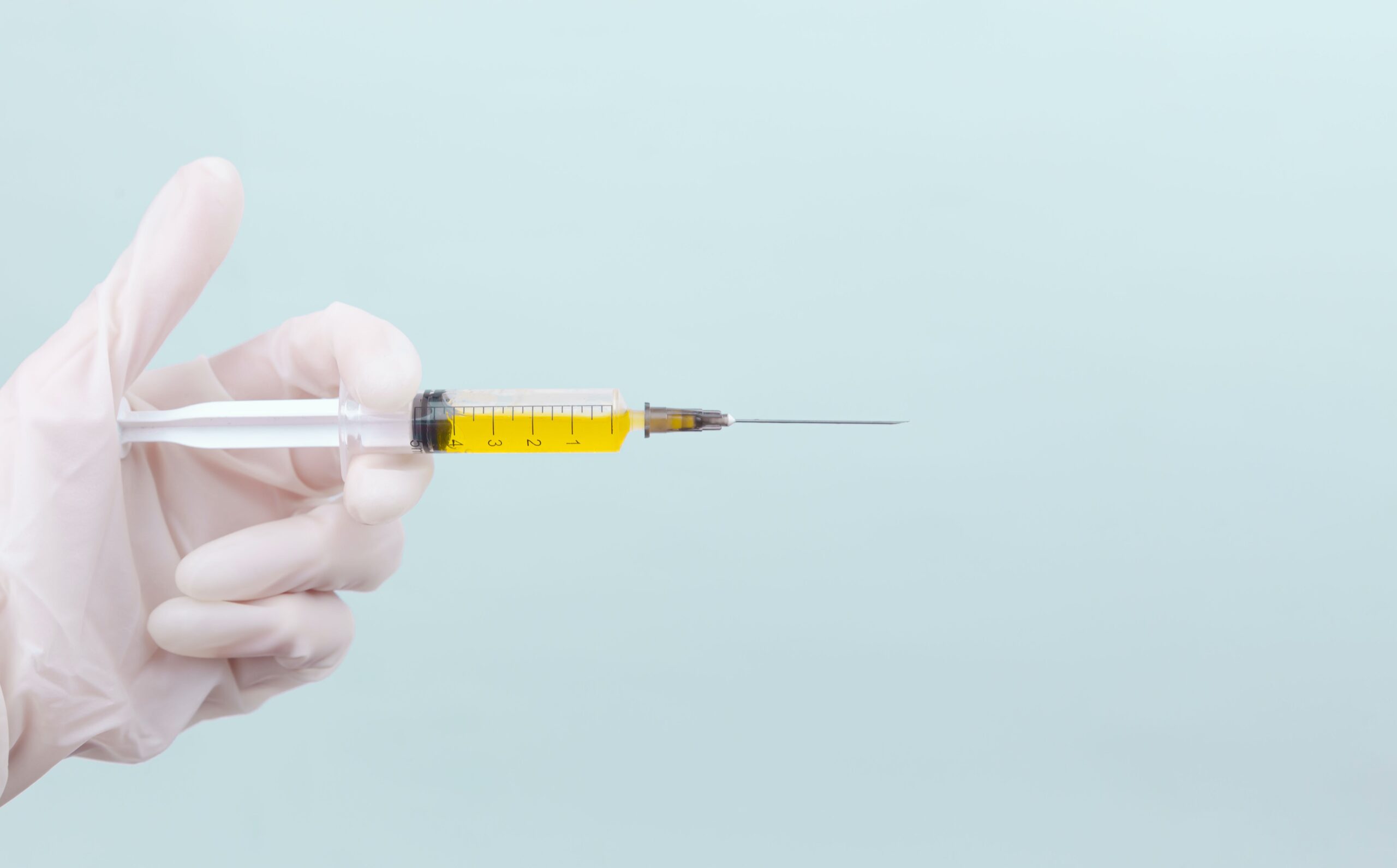29 April 2021
Lies, Damned Lies and Coronavirus
What’s the risk?
by David Chilvers
 There has been a lot of media coverage in recent weeks linking blood clots to the AstraZeneca vaccine. The negative publicity has been such that some countries have stopped using the AstraZeneca vaccine completely, whilst others (including the UK) have stopped using it for younger individuals. So, this week, we look at measuring the risks involved and the extent to which the risk from taking the vaccine is lower than the risk from not doing so. The UK’s Medicines and Healthcare products Regulatory Agency (MHRA) released a report on 22nd April covering adverse reactions to the two main vaccines used (Pfizer/BioNTech and Oxford University/AstraZeneca).
There has been a lot of media coverage in recent weeks linking blood clots to the AstraZeneca vaccine. The negative publicity has been such that some countries have stopped using the AstraZeneca vaccine completely, whilst others (including the UK) have stopped using it for younger individuals. So, this week, we look at measuring the risks involved and the extent to which the risk from taking the vaccine is lower than the risk from not doing so. The UK’s Medicines and Healthcare products Regulatory Agency (MHRA) released a report on 22nd April covering adverse reactions to the two main vaccines used (Pfizer/BioNTech and Oxford University/AstraZeneca).
The key data in the report is as follows (all UK data to 14th April 2021):
| Activity | Pfizer | AstraZeneca |
| First doses | 11,200,000 | 21,200,000 |
| Second doses | 6,200,000 | 2,300,000 |
| Total doses | 17,400,000 | 23,500,000 |
| Yellow Cards | 50,022 | 145,994 |
| Adverse Reaction (ADR) | 143,034 | 548,495 |
| Deaths after an ADR following vaccination | 334 | 627 |
| Blood clots after an ADR following vaccination | No Data | 168 |
| Blood clot deaths after an ADR following vaccination | No Data | 32 |
A Yellow Card is issued when there is at least one adverse reaction to the vaccination; in many cases, there are several adverse reactions, so the number of these (ADR’s) is higher than the number of Yellow Cards. According to the MHRA report, “most ADR’s are very mild, overwhelming majority of reports relate to injection-site reactions (sore arm for example) and generalised symptoms such as ‘flu-like’ illness, headache, chills, fatigue (tiredness), nausea (feeling sick), fever, dizziness, weakness, aching muscles, and rapid heartbeat. Generally, these happen shortly after the vaccination and are not associated with more serious or lasting illness”. The number of deaths reported following these ADR’s is small and it is important to note that these are deaths after an ADR following a vaccination not necessarily caused by the vaccination. The report also provides data on the number of incidents of blood clots after an ADR following vaccination, but only for the AstraZeneca vaccine, there is no data in the MHRA report on any incidence of blood clots after an ADR following administration of the Pfizer vaccine.
The MHRA concludes “The expected benefits of the vaccines in preventing COVID-19 and serious complications associated with COVID-19 far outweigh any currently known side effects”. However, it does not provide any comparison of risks to justify this conclusion.
The data in the table above provides a number of interesting insights:
- There are twice as many ADR’s per first dose from the AstraZeneca vaccine compared to the Pfizer vaccine, so AstraZeneca does seem to generate more adverse reactions
- However, the number of deaths per million after an ADR following the first dose is 30 for both vaccines; it would seem that death per first dose is the best measure to use, as if there is not an adverse reaction from the first dose, one might expect the same from the second dose, and vice versa
- The percentage of deaths after an ADR following the administering of the AstraZeneca vaccine, which have been assigned to blood clots, is 5% of all deaths after an ADR following the administering of this vaccine; so, a blood clot is by no means a dominant cause of death for those dying after an ADR following innoculation with the AstraZeneca vaccine
One wonders, given that blood clots are the reason for death in only 5% of cases following receipt of the Astra Zeneca vaccine why the entire European vaccination programme should have been disrupted in the way it has. The absence in the MHRA report of any analysis of blood clots following receipt of the Pfizer vaccine is odd, not least as a paper produced by Oxford University concluded that the incidence was roughly the same for all COVID-19 vaccines. The summary in this report suggests that the risks of a blood clot occurring are as follows:
- 4 in a million for the Pfizer or Moderna vaccine
- 5 in a million for the AstraZeneca vaccine
- 39 in a million for patients contracting COVID-19
This data suggests that the risk of a blood clot occurring following any vaccine is roughly the same irrespective of the vaccine used and only about one tenth of the risk of a blood clot developing in a COVID-19 patient. But this latter comparison is not a fair one – it compares the risk of a blood clot across the entire population following vaccination with the risk of a blood clot for a subset of the population – those with COVID-19. For a fair comparison, we need to turn the latter risk into one based upon all the population. This can be done by multiplying the 39 in a million risk above by the risk of contracting COVID-19.
The total number of people that have contracted COVID-19 since the pandemic started in the UK is reported as 6.59% of the population. On this basis the risk of an unvaccinated person generating a blood clot through catching COVID-19 would be 39 in a million times 6.59% which comes out at 3 in a million. However, given that we know the number of cases was severely understated in the first wave, the true figure is likely to be higher than the 3 in a million, possibly 4 or 5. This is roughly the same as the risk from vaccination.
On this basis, there is no evidence that refusing vaccination is the less risky option in terms of developing blood clots and as we have seen there is no evidence that the AstraZeneca vaccine poses more of a risk than the other vaccines currently being used.
What about the general risks of death after an ADR following vaccination compared to the risk of refusing vaccination? As we have seen, the death rates after an ADR following vaccination are around 30 in a million, for both the Pfizer and the AstraZeneca vaccine. In the UK, around 130,000 people have died with COVID-19, a rate of 1,908 per million. This is about sixty times the rate of dying after an ADR following a COVID-19 vaccination. These results should significantly counter some of the bad press and subsequent decisions taken by Governments regarding the AstraZeneca vaccine:
- People generating blood clots represent about 5% of the deaths after an ADR following the AstraZeneca vaccine – blood clots are not behind 95% of such deaths
- The incidence of blood clots after an ADR following the AstraZeneca vaccine is similar to that of the Pfizer vaccine
- The number of deaths after an ADR following vaccination is the same for both main vaccines used in the UK (30 per million)
- The risk of death after an ADR following vaccination is considerably lower than the risk of death from COVID-19
Finally, let us put the risk of 30 deaths per million into context, remembering all the time that these are deaths after an ADR following vaccination, not necessarily deaths caused by vaccination:
- There were 1,752 deaths on Britain’s roads in 2019 and 30,144 serious injuries – these equate to risks of 26 per million population and 451 per million population respectively
- There were around 6,000 fatalities from accidents at home in 2019 – a risk of 90 per million population
- There were 2,800 neonatal fatalities per million births in the UK in 2019 (neonatal mortality is death in the first 28 days of life)
The risk of death from a COVID-19 injection is similar to the risk of dying on Britain’s roads, a third the risk of dying from an accident at home and one hundredth of the risk of a new born baby sadly dying in the first month of life. No one is suggesting banning driving, undertaking tasks at home nor having children yet the risk to life from these activities is at least as high and in some cases a lot higher than the risk of dying after an ADR following a COVID-19 injection. So, take the jab when offered, irrespective of the particular vaccine provided, as the evidence here is that this is a very safe decision to make. If you take the decision not to have the jab, logic would imply that you should never go out in a car on the UK’s roads, never undertake any activity at home and never contemplate having children.
This article is one of a series, find last weeks on the roll out roadmap here.
Tile photo:Diana Polekhina on Unsplash


